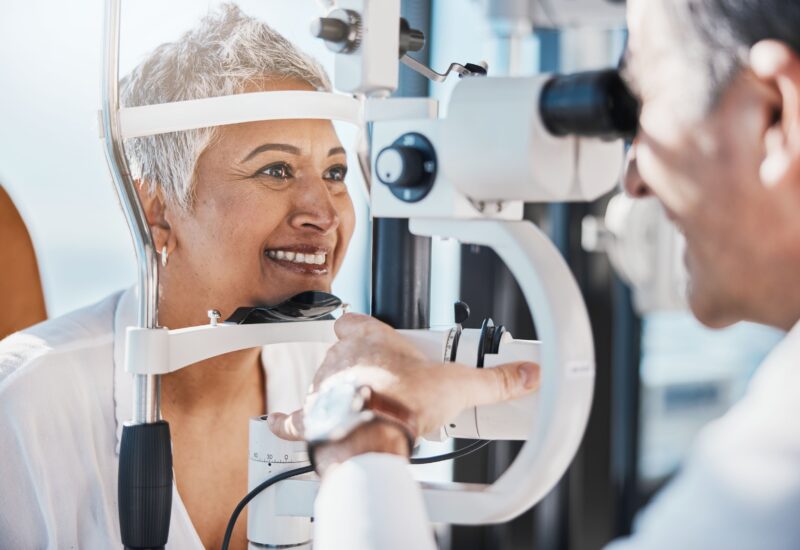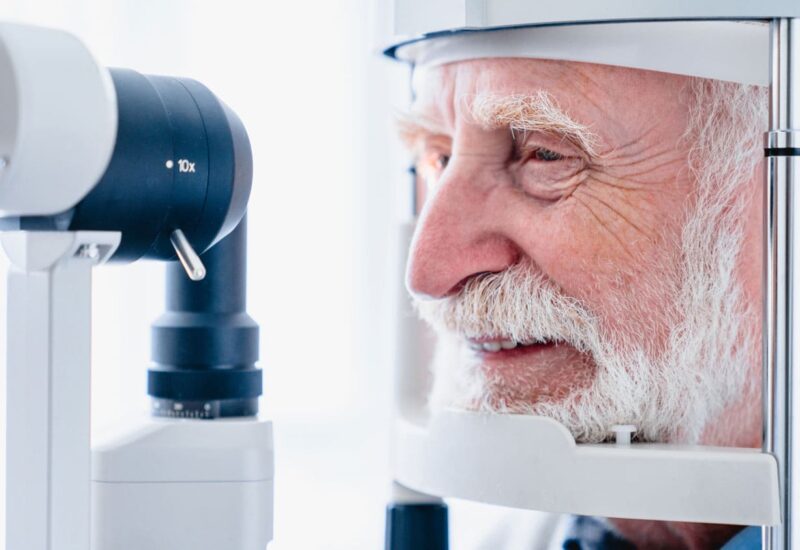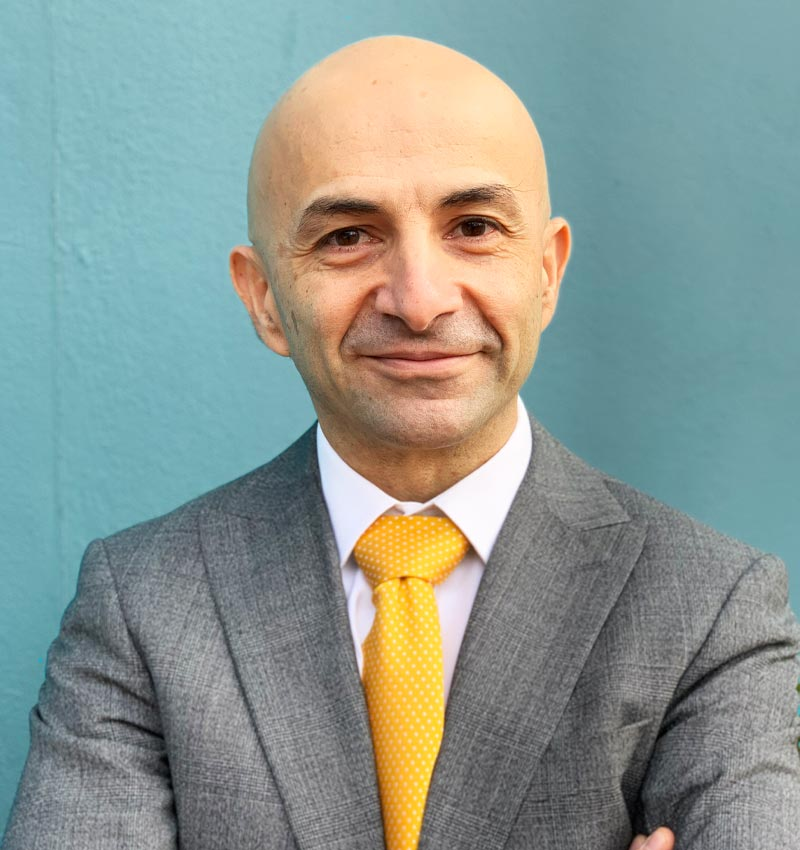Lens replacement surgery—also known as refractive lens exchange (RLE)—is a popular option for correcting vision issues like cataracts or presbyopia. The procedure is quick and effective, but patients understandably ask, “What’s the lens replacement recovery time?”, “When can I drive” and “When can I get back to doing the things I love—like swimming, tennis, or golf?” This guide breaks down what to expect during recovery, including how long it takes for vision to stabilise after lens replacement, and when it’s safe to resume specific activities.
How Long Is Lens Replacement Recovery Time?
For most patients, recovery is smooth and relatively fast. Here’s a general timeline:
- First 24–48 hours: Mild irritation, blurry vision, and light sensitivity are normal.
- Day 2-7: Vision improves and starts to stabilise, and most daily activities can resume.
- After 1 month: The eye is typically fully healed, and you can return to all regular activities, including sports.
Wondering how long it takes for vision to stabilise after lens replacement? In many cases, it takes just a few days , but optimal vision may continue to refine for up to a month. Follow-up visits with your eye specialist will track this progress.
When Can You Resume Specific Activities After Lens Replacement Surgery?
🚗 Can You Drive After Lens Replacement Surgery?
One of the most frequently asked questions is: “When can I drive after lens replacement?” The answer depends on how quickly your vision clears and whether it meets the legal driving standards in your region.
Most people can resume driving within 5 days after surgery. However, factors like glare, depth perception, and whether one or both eyes were treated can affect this timeline.
Your doctor will assess your visual acuity during your post-op visit and confirm when it’s safe to drive. If you’re unsure, err on the side of caution—driving before your vision is sufficiently recovered can be risky, especially at night or in poor weather.
🛫 Can You Fly After Lens Replacement Surgery?
If you’re planning to travel, you may wonder: how soon can you fly after lens replacement surgery?
Many people wonder if changes in cabin pressure can damage their eyes after surgery. Cabin pressure is kept at safe levels and does not cause ocular damage, so this is not a reason to avoid flying. We advise patients to be available for post-operative check-ups for 1-2 weeks after eye surgery, if at all possible.
If you are planning to fly soon after eye surgery it is important that you check with your travel insurance provider that you are covered should you need to seek medical advice.
Symptoms of dry eye can be exacerbated by hot weather, air conditioning, and cabin ventilation in aircraft so we recommend having artificial tears available to use as topical lubricants for your eyes.
It is not advisable to swim in a pool or the sea for 4 weeks after eye surgery.
🏊♀️ Can You Swim After RLE Surgery?
Swimming is one of the last activities to return to post-surgery. You should wait 4 weeks before swimming—whether in pools, lakes, or oceans. Even with goggles, the risk of waterborne bacteria entering the healing eye is too high in the early stages.
If you enjoy spa visits or hot tubs, those should also be avoided for a month.
🎾 Tennis, Squash, Badminton, Racquetball, Paddleball ball etc
These sports involve rapid eye and head movements and carry the risk of direct trauma to the eye. You can resume play after 4 weeks, and we strongly recommend that you wear protective goggles.
⛳ Can You Golf After RLE Surgery?
Good news for golf lovers: you’ll likely be back on the green sooner than with other sports. Many patients can return to golf within 1-2 weeks, depending on how well their vision has stabilised and the weather conditions. Be careful to avoid getting grass or dust in the eyes.
Because golf doesn’t involve direct eye impact or intense physical strain, it’s usually one of the first sports people return to after lens replacement. Be sure to wear UV-protective sunglasses, and try to avoid dusty or windy environments that could irritate your eyes.
🏃 Can You Exercise After RLE Surgery?
You can generally resume light exercise like walking a few days after lens replacement surgery. However, more strenuous workouts—like weightlifting, running, or high-impact aerobics—should be avoided for 4 weeks or until your doctor gives you the all-clear.
Here’s a basic guide:
- Days 1–5: Walking and light movement only. Avoid sweat getting into your eyes.
- Week 1–2: Add moderate activity like stationary or gentle cycling.
- After 2–4 weeks: Slowly return to your full workout routine—except for contact sports, which should wait until your eye is fully healed.
Sweat, bacteria, and increased straining during exercise can all increase the risk of complications, so it’s important to be patient.
Lens Replacement Recovery Tips
To ensure a smooth recovery and avoid setbacks, keep these tips in mind:
- Use prescribed eye drops as directed
- Wear sunglasses outdoors to protect against sunlight and dust
- Avoid rubbing your eyes
- Stay out of smoky, dusty, or windy environments
- Attend all follow-up appointments
Final Thoughts
While lens replacement recovery time is generally quick, patience and proper care are essential to ensure optimal results. With guidance from your eye surgeon, you’ll likely return to everyday activities like driving, golf, tennis, and even flying within weeks.
Still wondering “how long does it take for vision to stabilise after lens replacement” or “when can I drive after lens replacement”? The best answers come from your own recovery progress—so follow medical advice and give your eyes the time they need to heal.





